by Ken Lain, the mountain gardener

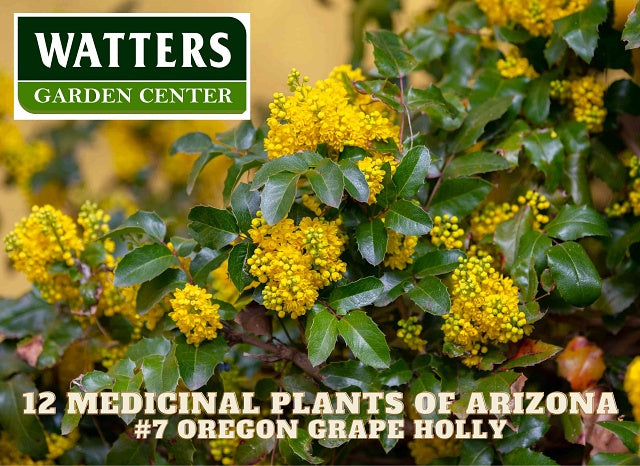
Arizona is well past its 100th anniversary as a state and all grown up. Pioneers to the territory needed to be resourceful, work hard, and figure out how to work with the land, including its healing powers. Much of this knowledge came from those before and the indigenous people who knew the land well. Without access to pharmacies on the wagon trails, these trailblazers needed to survive on wild plants. Below are the Top 10 Medicinal plants used by Yavapai County founders and their use.
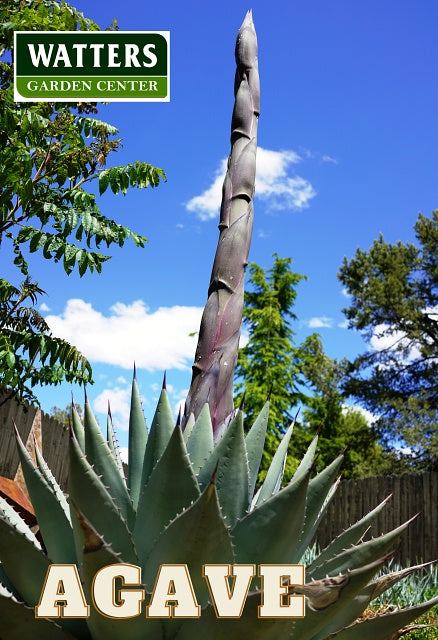
Agave has thick leaves clustered that resemble a giant artichoke. Referred to as the ‘Century Plant’ because the plant blooms once every century. The tall flower stalk is high in sugar, and the leaves are full of fiber. Flower stalks can be eaten raw or cooked. The base is boiled into a delicious syrup found in grocery stores today. The plant offers antibiotic, antiviral, and healthy fungicidal properties.
Arizona Dewberry, Rubus, resembles a raspberry, only sour-sweet with seeds. They can be eaten raw, dried, and jellied. Each berry is full of vitamin C, magnesium, and potassium. The leaves made a supposedly helpful tea to the urinary tract. The tea was used internally and externally to reduce a woman’s reproductive tissue irritability.
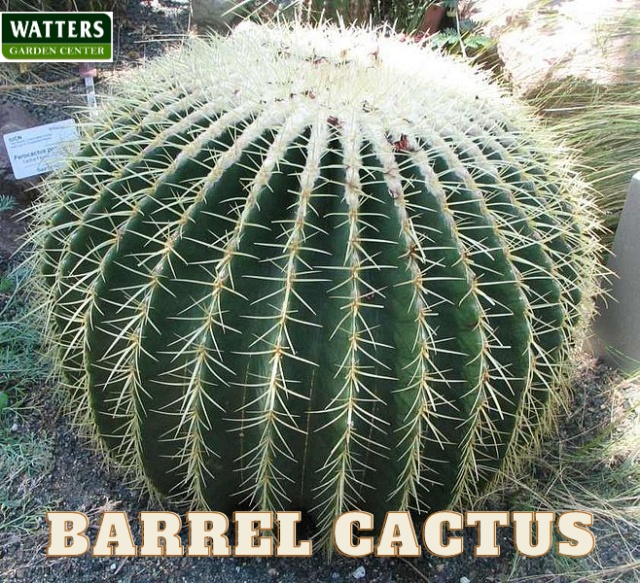
Barrel Cactus is a short-round plant famous for its beauty in the Southwest landscape. Flowers and fruit are both edible. The fruit lacks needles and can be consumed raw from the plant, seed and all. A TV myth is that water can be extracted from Barrel Cactus for emergencies, which is invalid. Barrels are very tough and challenging to open. The effort causes your body to use more water than actually received. When successful, they are known to cause diarrhea, so they are not a good emergency source of water. Carry a bottle.
Black Cherry Tree in the wild has small fruits with a bitter tinge. The fruit is delicious, but the pits, stems, and leaves should not be consumed. Small pieces of the bark were sucked to relieve a dry cough.
Blackberry turns dark purple to black. They are sweet and mildly tart. Pioneers were happy to make jams and jellies. Women often made tea from its leaves to drink during their time of the month. Tea made from the root was used to relieve diarrhea.
Elderberries are jet blue and taste semisweet. When dried, the natural sugars are concentrated for sweeter fruit. Often available as a syrup to help with cold and flu symptoms.
Mahonia is often referred to as Oregon Grape Holly. The bright gold flowers of spring form dark ‘sweet tart’ berries in mid-summer. The grapes are eaten fresh and made into preserves. The roots are utilized for liver, gastrointestinal, and microbial issues.

Manzanita is the Spanish word for “small apples” and describes the fruit flavor. However, it is mealy and contains an abundance of seeds. They can be eaten raw, although mealy, with lots of seed. The best use is as a Manzanita jelly. Tea made from its leaves was used to cure urinary tract infections.
Mesquite trees have string bean-type pods that are quite nutritious. The best time to harvest the beans is when they are hard and golden. Often eaten fresh, dried, and baked, but usually pounded into a meal to make flour. Mesquite flour has a sweet taste, replacing some flour in baking recipes. The flowers are roasted and made into balls or steeped as tea. The sap is used to treat sunburns and chapped skin. When boiled and diluted with water, it becomes an eye wash or antiseptic.
Mormon Tea grows low with thin green stems. The stems are steeped in tea to heal kidney problems, colds, congestion, and urinary tract infections.
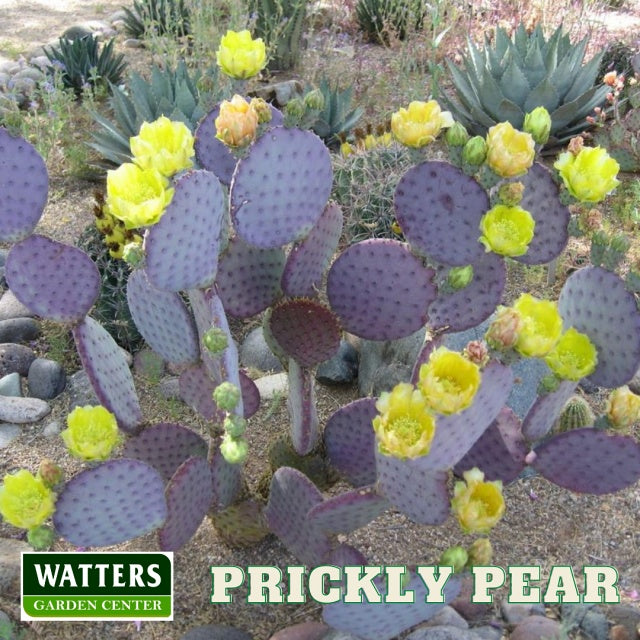
Prickly Pear cactus is easily identified with its flat pads and oval-shaped fruits. The flowers and pads are edible when young and tender. The fruit is ripe when deep red. The best way to eat the fruit is to scoop out the shell and roast it. Prickly pear has some medicinal properties by balancing blood sugar. Its pulp and juice soothe the digestive tract, and the inside of the pads heal burns, wounds, or inflamed skin when applied topically.
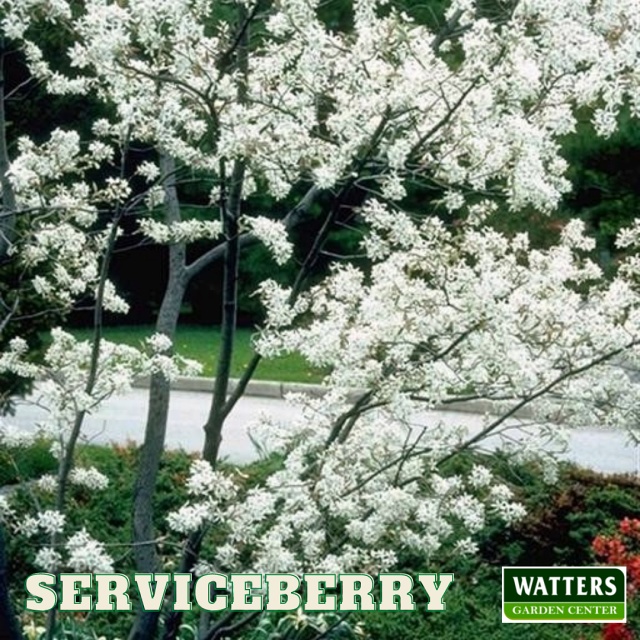
Serviceberry Trees are found throughout the Ponderosa Pines, providing summer berries. The fruit is ripe when turning entirely purple with a sweet, juicy berry. Tea from its leaves is not drinkable but was used as “a wash for bruises, stings, and insect bites.
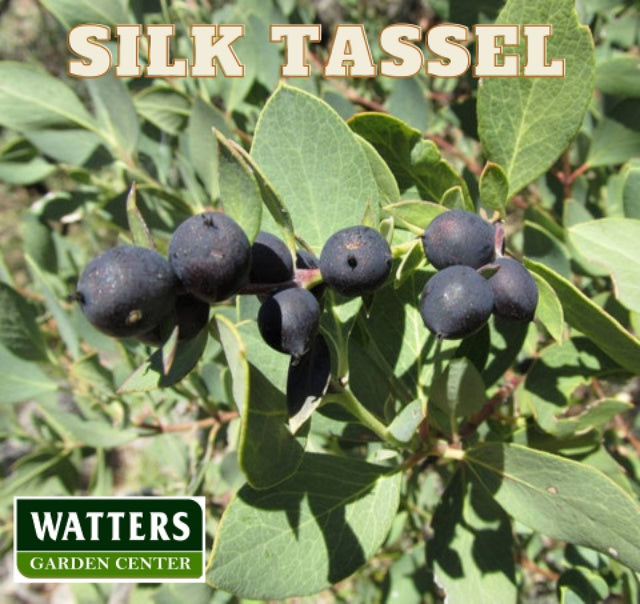
Silk Tassel is used as a pain reliever and antispasmodic for cramps. The Mohave and Kawaiisu Indians use it for stomach cramps and diarrhea. Astringent to the digestive tract is a remedy for diarrhea or dysentery. Also used for intestinal or menstrual cramping.
Wild Grapes in Arizona are typical throughout the state. They can be found in areas of higher hydration, like along creeks, drainages, and riparian areas. Those growing in drier areas have acrid fruit irritating the throat and mouth. Arizona Grapes are not known for their medicinal properties. Wine is the best use for grapes.
Each is a stunning landscape plant, even without its medicinal uses. They are easy to grow and create a low-maintenance landscape for non-herbalists.

Free Garden Classes are offered @ Watters Garden Center
We go deep into growing better. Check out this Summer’s class selection offered every Saturday @ 9:30 am.
July 29 – How to Plant Fruit Trees & Berry Plants
August 5 – Planting Success Guaranteed
August 12 – Wildlife and Bug Prevention
Until next week, I’ll be helping gardeners grow healthy plants here at Watters Garden Center.
Ken Lain can be found throughout the week at Watters Garden Center, 1815 Iron Springs Rd in Prescott, or contacted through his website at WattersGardenCenter.com or Top10Plants.com.

